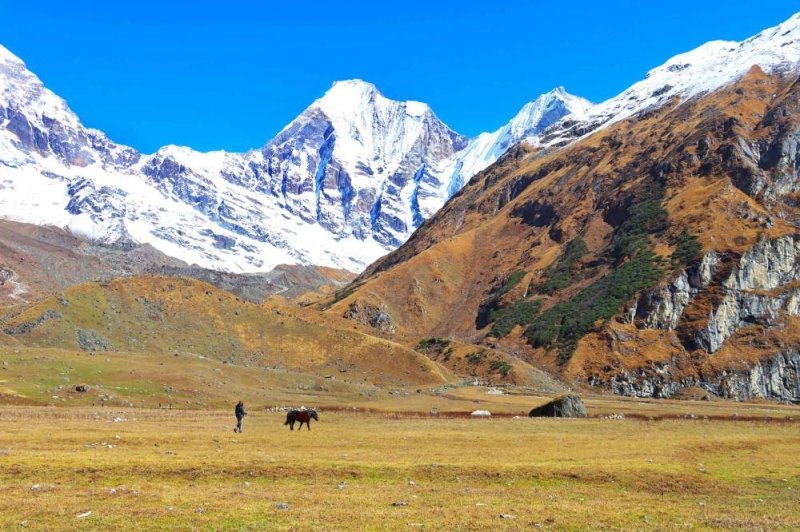
Nepal waives permit fees for 97 peaks in remote Karnali and Sudurpaschim
Author: THT Online
Category: Mountain
August 12, 2025
Everest, Nepal
Climbers worldwide can now scale 97 peaks in Nepal’s far-western Himalayas without paying permit fees for the next two years, under a new government policy designed to promote adventure tourism in und
Two-year free climbing scheme aims to attract mountaineers, boost local economies, and promote 'virgin peaks'
Climbers can now scale 97 peaks in Nepal's far-western Himalayas without paying permit fees for the next two years, under a new government policy designed to promote adventure tourism in under-visited regions.
Insured can now access health services from any of 377 public hospitals
Heavy rain likely in Gandaki, Lumbini, Karnali and Sudurparschim provinces
The Cabinet decision, taken on July 17, 2025, applies to mountains ranging from 5,870 to 7,132 metres-77 in Karnali Province and 20 in Sudurpaschim Province.
The move was spearheaded by Nepal Tourism Board member and Nepal Mountaineering Association (NMA) Secretariat Member Rajendra Bahadur Lama, with support from Tourism Minister Badri Prasad Pandey and the Department of Tourism.
"These are some of Nepal's most scenic yet least explored mountains," said Department of Tourism Director General Dr. Narayan Prasad Regmi. "Very few visitors arrive here due to poor accessibility and minimal infrastructure of the area, and now with this waiver it will bring the area closer to unlocking their tourism potential."
Many of these mountains have never been summited, offering rare opportunities for climbers seeking new challenges. Notable peaks include Sudurpaschim's Saipal (7,030 m), Api (7,132 m), and Api West (7,076 m)-all ideal training grounds under Nepal's new rule requiring climbers to summit a 7,000-metre peak before attempting Everest.
Local tourism entrepreneurs hope the fee waiver will drive much-needed economic activity in regions with limited roads, jobs, and infrastructure.
"These areas could also serve as a living laboratory for climate change research," Rajendra Lama said, citing issues like melting snow, erratic weather, and impacts on wildlife.
Between 2023 and 2025, only 68 climbers visited these peaks, generating Rs 1.4 million in fees-a fraction of the USD 5.92 million earned nationwide from climbing permits in 2024, 77% of which came from Everest.
During earlier free-climbing initiatives from 2008 to 2018, several peaks were opened without permit fees, but the scheme saw only limited interest. Plans for further promotion were later derailed by the COVID-19 pandemic.
To encourage climbers, the NMA will reportedly launch a "Summer Skills" mountain guide course in Api Himal, open to those who have completed basic mountaineering training.
Amid rising climbing permit fees-from USD 250 to USD 350 for smaller peaks and from USD 11,000 to USD 15,000 for Everest-along with new rules requiring climbers to first summit a 7,000-metre peak before attempting Everest, officials believe the two-year waiver could draw mountaineers to Nepal's least developed provinces and their untouched "virgin" peaks.
Tourism Department official Himal Gautam said the initiative aims to attract climbers to "unexplored yet scenic" areas while boosting livelihoods in Karnali and Sudurpaschim.
If promoted strategically, the scheme could position these remote provinces as the next big names on the world climbing map. But with the clock ticking, stakeholders stress the need to improve access, build infrastructure, and market these peaks as must-visit destinations for global mountaineers.
Other Photo Courtesy: Hem Bohara, Himalaya Bhatt via Api Himal Rural Municipality and Saipal Rural Municipality
Weather Update: Standard Himalayan mountain conditions
Peak Altitude: 7132 m
Risk Level: Low
Expedition Info: First ascent expedition
Mountaineering
Himalayas
Nepal
Adventure Sports
Everest
Climbing
Summit
First